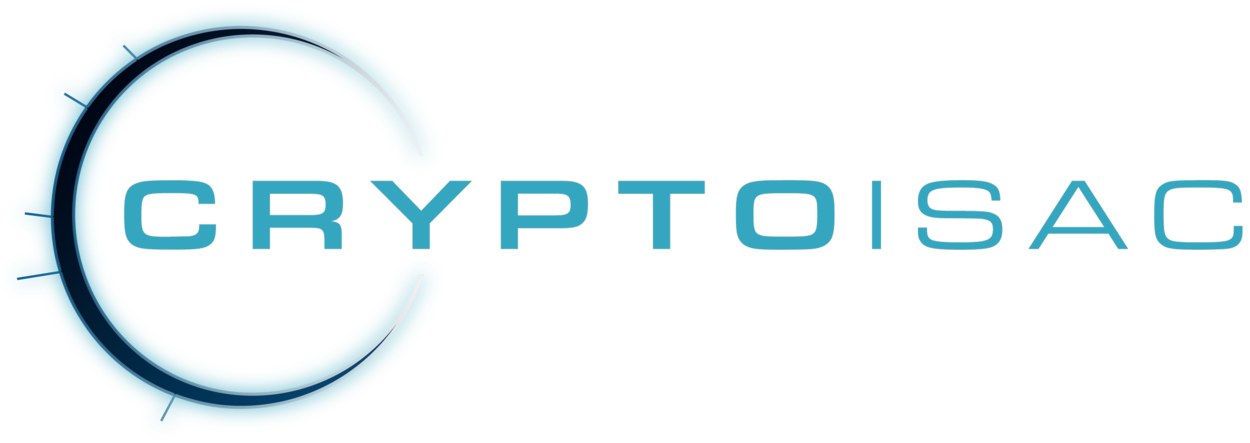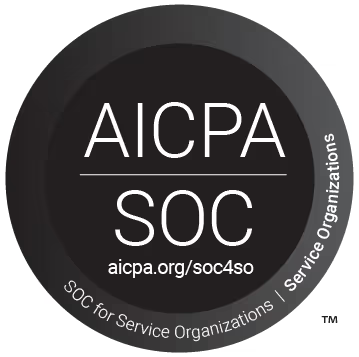
Content
Gain a Competitive Advantage Preparing for MiCA with CUBE3.AI
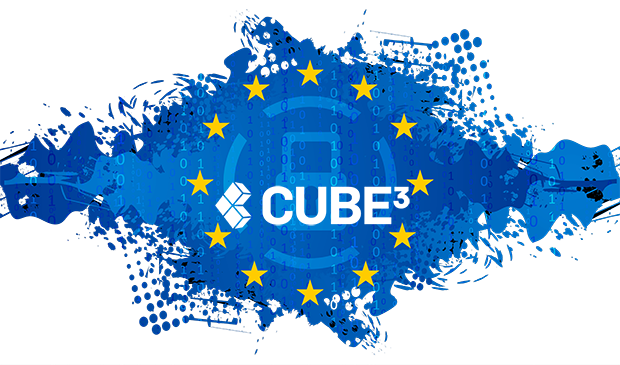
The EU’s Markets in Crypto-Assets (MiCA) regulation will reshape the digital asset landscape for Crypto-Asset Service Providers (CASPs) and their supervisory authorities. The goal of the legislation is to protect consumers while not limiting web3 innovation. If you’re a business that either operates in web3 networks or is expanding services to the ecosystem, preparing for MiCA has a clear benefit: Protect revenue by preventing financial losses from fines and security exploits.
- What is contained in MiCA, and what are the requirements?
- How do you know if you should apply for a MiCA license?
In June of this year, MiCA will be the world’s first comprehensive crypto legislation to go into effect, covering multiple countries and jurisdictions. It’s imperative to prepare. In this article, we explore what MiCA is, who is directly effected, what to expect and how you can use compliance legislation as a competitive advantage when combined with tools like CUBE3.AI.
Who Cares About MiCA?
Understanding MiCA’s implications and ensuring compliance is crucial for all players in the web3 space however, it is more impactful on specific service providers. MiCA aims to ensure fair and orderly operations among financial market intermediaries, promote market integrity, financial stability, and consumer awareness. In order to do so, National Competent Authorities (NCAs) are authorized to issue licenses and enforce Crypto-Asset Service Providers (CASPs).
CASPs like Exchanges, Custodians, Initial Coin Offering Issuers (ICOs) and every business that accepts or trades crypto, as well as providers that want to trade from or in the EU fit the definition. Let’s get specific about each type of CASP, and what they need to do to prepare.
Summary of MiCA’s CASP Requirements
Here’s the TL;DR summary of what is required of CASPs:
- Authorization and Ongoing Supervision
- CASPs need to be authorized to operate by their EU member state.
- AML/KYC Requirements
- Validate identities during onboarding and monitor transactions.
- Cybersecurity Safeguards
- Implement security protocols and controls to protect against cyberattacks and customer losses.
- Risk Management
- Demonstrate procedures that identify, manage and assess risks associated with crypto-assets.
- Demonstrate procedures that identify, manage and assess risks associated with crypto-assets.
Detailed MiCA Regulatory Requirements by CASP Type
Depending on what type of CASP you are, it’s critical to understand the upcoming proposals and the deadlines for comment before the final regulations are complete.
European Securities and Markets Authority (ESMA) recently submitted the first Final Report to the European Commission (EC) on March 25th, 2024. ESMA’s third consultation package seeks public comment (until June 25) on proposed rules covering the detection and reporting of suspected market abuse in crypto assets, guidelines on policies and procedures for crypto-asset transfer services and other measures.
Here are some Crypto-Asset Service Providers types and expected requirements:
Payment Service Providers (PSP) – Facilitating transactions involving crypto-assets
- Potential Dual Licensing with MiCA and Payment Services Directive 2 PSD2
- Ongoing transaction monitoring that could require new compliance technologies
Crypto-Asset Issuers – ICOs, stablecoins etc.
- Whitepapers about the crypto-asset, issuer, and the associated risks
- Some issuers must regularly report key data and perform liquidity stress tests
- Specific rules for marketing communications and advertisements
Crypto Exchanges and Market Makers – DEX, CEX, P2P Marketplaces
- Market abuse prevention prohibiting manipulative trading practices
- More order book transparency, potentially impacting quoting strategies
- Capital adequacy requirements ensuring sufficient resources to manage risk positions
Crypto-asset custodians and wallet providers
- Safekeeping and strict asset segregation
- Increased cyber protection of assets
Investment Firms and Asset Managers – Offering services related to crypto-assets
- Ensure conflicts of interest identified, managed, and disclosed
- Robust risk management practices, such as diversifying investments
- Best-execution policies that ensure the best possible result (price) for clients
Brokers and Dealers – Executing orders on behalf of third-parties
- Prove they’ve obtained the best price possible to NCAs
- Processes and methodologies that determine the trading platforms used
- Do not receive benefits for using a specific trading platform
Advisory Firms – Hedge funds, investment banks, and pension funds
- Ensure conflicts of interest is identified, managed, and disclosed
- Robust risk management practices, such as diversifying investments
- Best-execution policies that deliver the best possible result (price) for clients
Notably, stricter guidelines for investment and advisory firms casts a wider requirement net:
- Enhanced Disclosure and Transparency: Firms must provide clear and comprehensive disclosures about the risks associated with crypto-assets and the nature of their services. This includes potential conflicts of interest and limitations of their recommendations.
- Suitability Assessments: Advisors will be obligated to conduct thorough suitability assessments before recommending crypto-assets to clients. These assessments should consider the client’s financial situation, investment objectives, and risk tolerance.
- Knowledge and Competence: MiCA may introduce requirements for advisors to possess specific knowledge and qualifications related to crypto-assets.
Compliance deadline varies depending on the type of organization. CASPs have until the second enforcement date by December 30, 2024. E-money tokens (EMT) and asset-referenced tokens (ART) require compliance by June 2024. Next, we’ll examine the types of regulated crypto assets.
What Types of Digital Currencies Are Regulated by MiCA?
E-Money Tokens (EMT)
Digital representations of fiat currency and stablecoins, backed by a central bank or other financial institution. EMTs that hold the value of EU fiat currency will be considered electronic money under the Electronic Money Directive (“EMD2”).
Asset-Referenced Tokens (ART)
Digital assets that claim to keep a fixed value by being correlated to some other asset or right, which can include official national currencies. This category includes stablecoins that are supported by multiple fiat currencies, as well as those backed by cryptocurrencies or commodities that can be traded.
Utility Tokens
Tokens used to access a specific product or services and do not have any value, are not designated as EMTs or ARTs.
Don’t Forget The “Travel Rule”
Although the primary purpose of MiCA is reducing market abuses, not curtailing illicit money transfer, there are Anti-Money Laundering (AML) requirements included in the guidance. Each member state has an AML Counter-Terrorist Financing (CFT) advisor, and they can provide an opinion to the EU financial supervisor. Sanctions are generally handled through different avenues.
For example, in addition to MiCA, the European Parliament passed a law requiring more information to be included with crypto transactions. This means that details about parties that transfer digital assets will even apply to small crypto transfers.
The responsibility for data monitoring and collection falls on CASPs. CASPs need to have details about accounts sending crypto to certain public addresses. In order to keep up with EU Parliament’s requirements and MiCA regulation, upgrading your compliance and security stack is clearly a smart strategy.
CUBE3.AI Is Here to Help
These new EU regulations aim to make crypto transactions in Europe more transparent and easier to track. Luckily, that is precisely what CUBE3 advanced AI models are designed to do.
CUBE3.AI empowers digital asset service providers to navigate the complexities of MiCA with a suite of advanced security solutions:
Proactive Crypto Crime Prevention (Inspect API)
Identify and screen wallets, smart contracts, and tokens for potential risks before they impact your clients’ assets, ensuring adherence to AML/KYC regulations.
Real-Time Risk Mitigation (Monitor API & Sonar)
Continuously monitor all relevant addresses and smart contracts for suspicious activity. CUBE3.AI‘s real-time data feed provides comprehensive insights into crypto crime trends across blockchain networks, allowing for immediate action against threats.
Streamlined Decision-Making
CUBE3.AI equips your team with actionable data and real-time insights to make informed decisions regarding risk management and regulatory compliance.
Conclusions
Will crypto activity increase because of MiCA? Headquartering in the EU jurisdiction is increasing because of the uncertainty in the US “regulatory clarity.” Perhaps the Financial Innovation and Technology for the 21st Century Act (FIT21) can change that tide. For now, becoming a legitimate web3 business in the EU is more certain.
Even though the regulations have not been fully enacted in EU member states, regulators are having conversations with various companies in order to fast track them when compliance implementation requirements are complete.
Regardless of your jurisdiction, MiCA represents a significant step towards a more secure and transparent digital asset ecosystem. By leveraging the proactive security and risk management capabilities of CUBE3.AI, across CeFi, DeFi, and TradFi can ensure they are well-positioned to thrive in the evolving regulatory landscape.
Ready to take the next step?
Contact CUBE3.AI today to learn more about how our platform can empower you to achieve and maintain MiCA compliance. Remember, in a world of evolving regulations and cyber threats, proactive risk management is key to safeguarding your clients’ digital assets and ensuring the continued success of your business.

 Sarunas Matulevicius
Sarunas Matulevicius
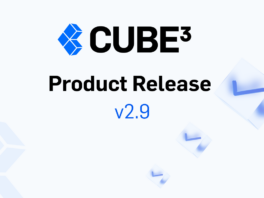
 CUBE3.AI
CUBE3.AI
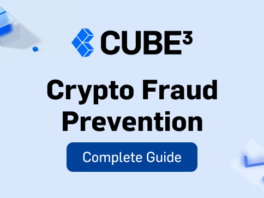
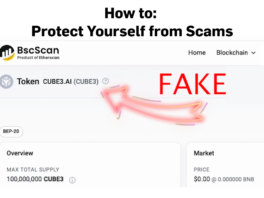
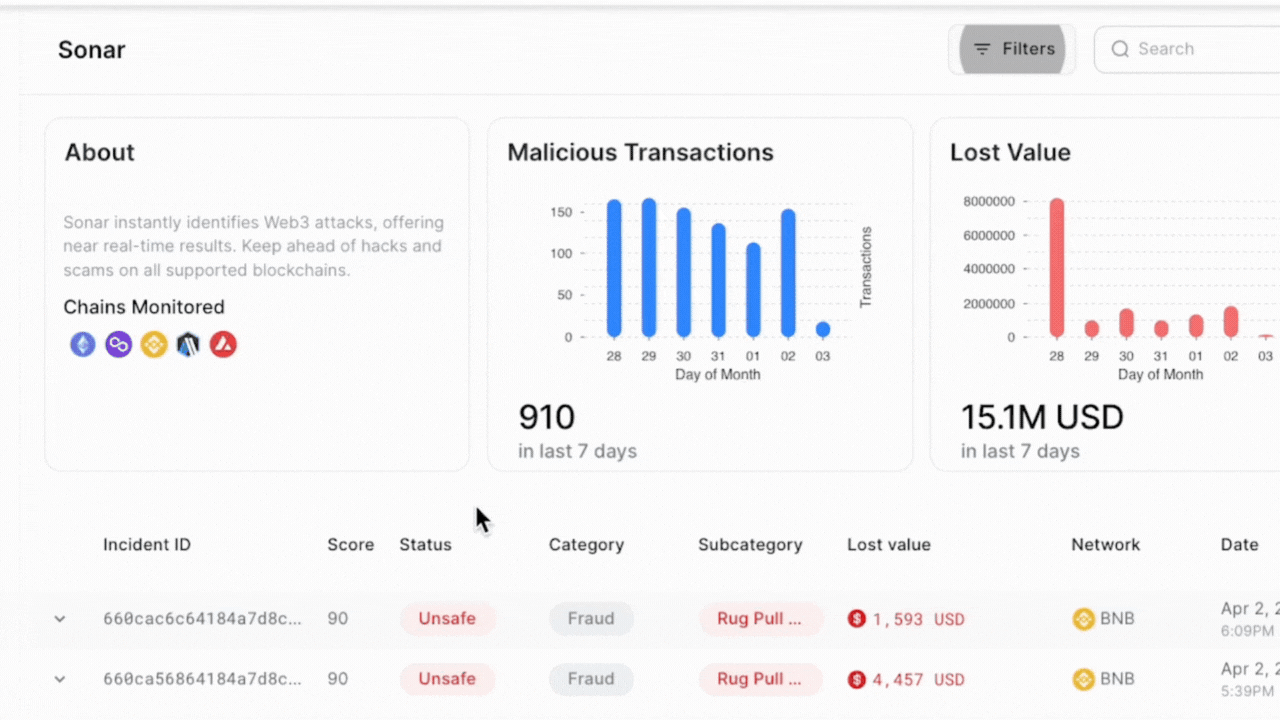
 Attila Marosi-Bauer
Attila Marosi-Bauer
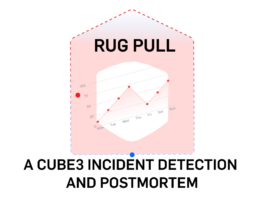
 Einaras Gravrock
Einaras Gravrock


 Tamás Kelemen
Tamás Kelemen





